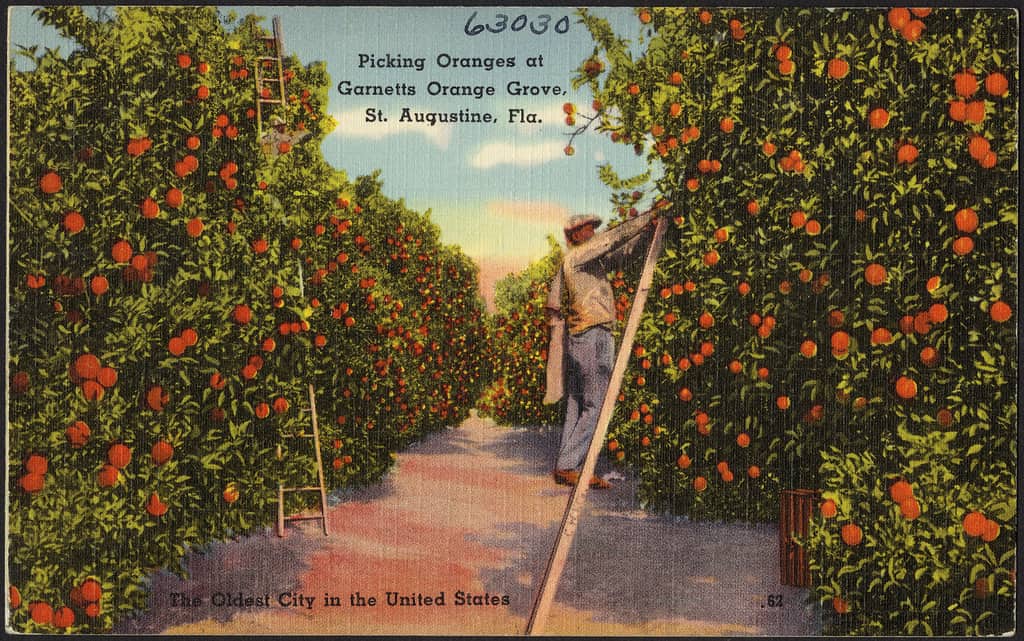Learn How To Trade Orange Juice
Historians donāt know the precise origins of oranges but Chinese manuscripts from 2200 BC reference the fruit. In the 15th century Spanish explorers introduced oranges in the New World and by the 19th century orange trees grew wild in Florida.

Orange juice is a beverage made from squeezing the fleshy fruit of the orange tree. In many countries, particularly in the western hemisphere, it is a staple item on breakfast tables.
Historians don’t know the precise origins of oranges, but Chinese manuscripts from 2200 BC reference the fruit. In the 15th century, Spanish explorers introduced oranges in the New World, and by the 19th century, orange trees grew wild in Florida. People throughout history have produced juice from oranges, but it wasn’t until more recent history that large-scale orange juice production became practical. In the 1940s, Cedric Donald Atkins invented a process for producing concentrated juice that could be frozen. Combined with the expansion of modern home refrigeration, frozen concentrated orange juice (FCOJ) brought orange juice to millions of consumers
How Are Oranges Grown? Orange trees are grown in tropical and subtropical climates with warm or hot summers and mild winters. Although they grow in many different varieties, the two basic categories are the sweet orange and the bitter orange. Sweet oranges are used to produce orange juice and can be divided into four classes:
Common Orange Popular varieties among the dozens of common oranges include the Valencia, Hart’s Tardiff Valencia and the Hamlin. The Valencia is the most popular juicing orange. Blood or Pigment Orange Two varieties - the light blood orange and deep blood orange. These fruits have a deep red hue. Navel Orange A common grocery orange that comes in several varieties including Cara cara, Bahia and dream navel. Acid-Less Orange Low acid fruits that are not cultivated in great quantities.
Orange trees are very climate-sensitive plants and need specific temperatures and precipitation levels to thrive. FCOJ traders must carefully monitor climate conditions in key growing regions; slight changes in temperatures or rainfall can create enormous price volatility for the commodity.
When they are actively growing outside of the winter months, orange trees do best in temperatures of between 55 and 100 degrees Fahrenheit. In the winter they are dormant and require temperatures higher than 35 degrees Fahrenheit.
Trees are frost-sensitive and enter a danger zone if temperatures stay below 25 degrees for extended periods. Orange trees do best in areas that receive between 40 to 45 inches of annual rainfall. They can tolerate drought conditions, but they tend to produce less fruit under extended dry conditions.
All citrus, including orange, must ripen on trees. The harvesting season for each variety of orange is different. Valencia oranges, which are the main juice crop, are harvested between March and July. In Florida, the main orange-producing state, oranges bloom between March and April. Growers in Florida harvest 96% of the crop by hand using wooden ladders and canvas pick sacks. Mechanical harvesters pick the remainder of the crop. Pickers and mechanical harvesters dump the fruit into plastic tubs that hold about 900 pounds each of oranges. Special trucks called goats then load the tubs on to tractor-trailers that hold 45,000 pounds of fruit. Truck tractors then drive the tractor trailers to fruit processing plants.
An offshore commodities and forex trading firm, Red Maple Trading offers a combination of first-class trading advice and an award winning portfolio management team with an exemplary trading record.
Red Maple FX offers both non discretionary trading accounts and fully managed trading accounts. Call Toll Free + 1 888 673 2812